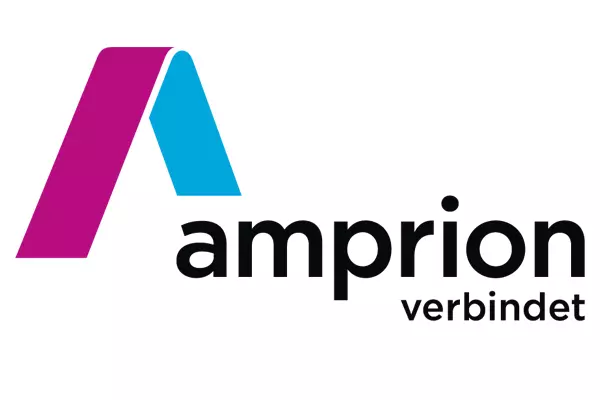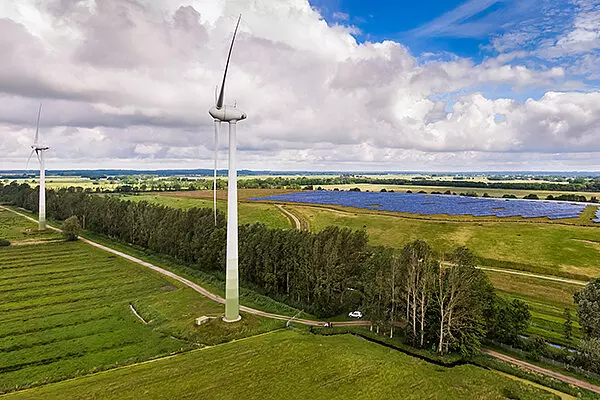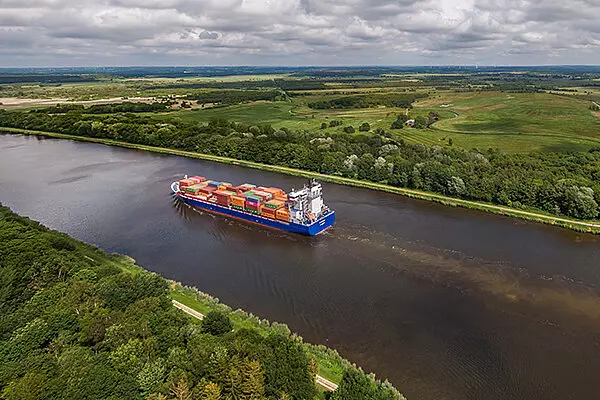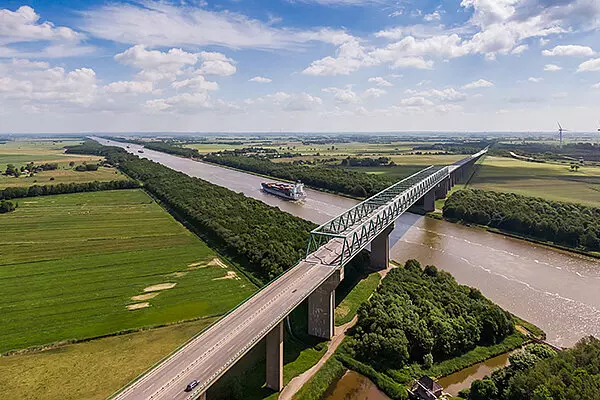CORRIDOR B: CENTRAL BUILDING BLOCK OF THE ENERGY TRANSITION
Wind power from the north for the people of NRW
Amprion is one of four transmission system operators in Germany. Our lines are the lifelines of society. We are paving the way for the energy transition and driving forward grid expansion.
External Content - YouTube Video
This is a placeholder for third party content, please click to activate.
The external provider might be able to collect user specific data by activating this content. For more information please check out our data protection.
The Energieküste is the location for the future of renewable energies. When it comes to Corridor B – as a key component of the energy transition –, it is crucial that we become a partner in the initiative and network even better with the various local players. We look forward to playing our part in the Energieküste initiative.
Bringing wind power from the north to its destination
In order for Germany to achieve its climate targets, more wind farms will be built in northern Germany in the coming decades. The electricity generated there must be transported in large quantities to where it is also needed: to the centres of consumption in western Germany. This is what Corridor B is for. The new electricity connection makes a central contribution to supplying Germany's largest conurbation, the Ruhr region, with climate-friendly electricity.
One corridor, two projects, four federal states
Corridor B is one of the most important north-south connections for the energy transition. It consists of line construction projects No. 48 (Heide/West - Polsum) and No. 49 (Wilhelmshaven - Hamm) of the Federal Requirements Plan Act (BBPlG). The new power connection runs through the federal states of Schleswig-Holstein, Lower Saxony, Bremen and North Rhine-Westphalia. A lot of wind power is already generated at the starting points in Schleswig-Holstein and in the north of Lower Saxony.
Connection point in the Ruhr area
So far, there are no transmission lines to transport the growing amounts of electricity to other regions in Germany. Additional demand is arising in the Ruhr region in particular. This is because the coal-fired power plants there will gradually be taken off the grid in the course of the 2030s. Wind power from the north will help to close this supply gap.
More than 700 kilometres of underground cables
Corridor B is about 710 kilometres long. The connection between the grid interconnection points Wilhelmshaven and Hamm is about 270 kilometres. The grid connection points Heide/West and Polsum are about 440 kilometres apart. Corridor B is planned as an underground cable with extra-high voltage direct current transmission (HVDC). This technology makes it possible to transport large amounts of electricity over long distances with low losses. The transmission capacity totals four gigawatts. This corresponds to the electrical output of about five large coal-fired power plants. Corridor B can supply around 5 million people with electricity. Construction of Corridor B is expected to start in 2028, with the lines going into operation in the early 2030s.







